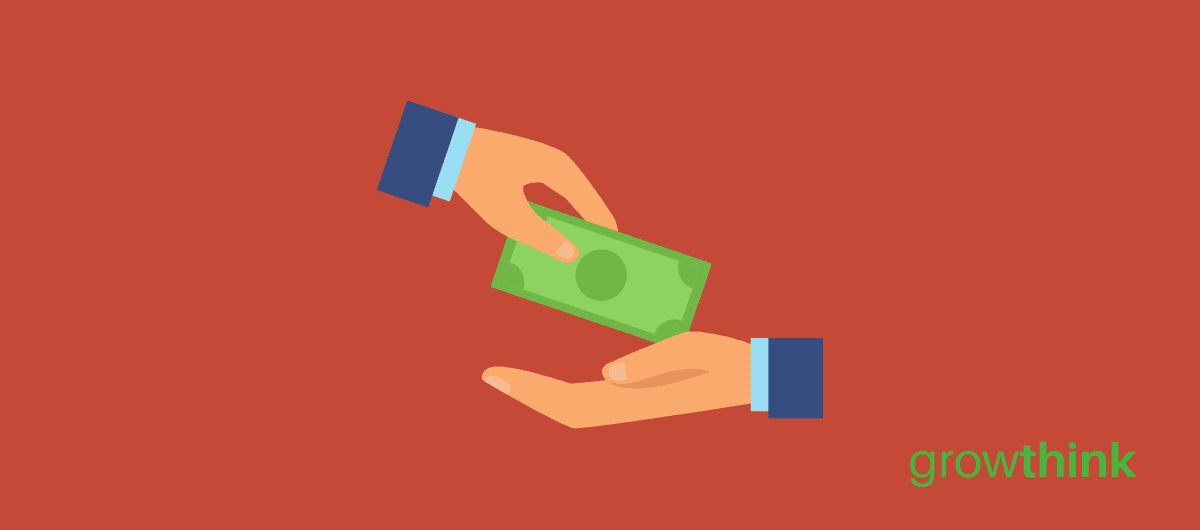
When you begin any company, the first question you must ask yourself is how you plan to make enough money to continue and develop it. This is where a business model comes in handy.
What is a Business Model?
A business model is a plan for how your company will make money. To create a successful business, you need to think about what products or services you want to offer and how much it will cost to provide them. The difference between a business model vs business plan is that a business model shows you how to generate revenues.
For example, if you’re planning on opening an ice cream shop, then one of the first things that you’ll want to figure out is the price for each scoop of ice cream that your customers can buy. You might also consider investing in new equipment like an ice cream maker so that you can offer unique flavors.
Types of Business Models
A successful business model needs to be able to generate revenue in order for it to succeed and thrive long-term. There are many different types of models that may work best depending on what your company offers or who you target as consumers, but the most common ways of making money without worrying about your bottom line are through selling products or services, non-profits, and subscriptions.
Affiliate Marketing
 This model allows business owners to take commissions on sales that are made by other companies they bring in as customers. For example, if you have a website about dogs and refer someone’s dog training services for them, your business will receive a small cut of the profits.
This model allows business owners to take commissions on sales that are made by other companies they bring in as customers. For example, if you have a website about dogs and refer someone’s dog training services for them, your business will receive a small cut of the profits.
Freemium
 This model allows customers to download or use free versions of products while also offering upgraded premium versions for sale. For example, if you have a software company and develop an app for Android and iOS but want to try making money off it, then having some paid features is common for this particular product. The freemium model may also be monetized via advertising.
This model allows customers to download or use free versions of products while also offering upgraded premium versions for sale. For example, if you have a software company and develop an app for Android and iOS but want to try making money off it, then having some paid features is common for this particular product. The freemium model may also be monetized via advertising.
Selling Products & Services
 This is the most traditional business model, which is for your company to generate sales by selling products and services. You have basically three options in this model: selling retail, wholesale, or online. Retail means that you’re selling your products directly to consumers while wholesale is where one company sells another company’s product for them.
This is the most traditional business model, which is for your company to generate sales by selling products and services. You have basically three options in this model: selling retail, wholesale, or online. Retail means that you’re selling your products directly to consumers while wholesale is where one company sells another company’s product for them.
Subscription
 The subscription model involves selling monthly or yearly memberships to patrons who are interested in using your platform regularly. For example, if you have a website that maintains the contact details of people but want more money out of it, then asking for subscription fees makes sense.
The subscription model involves selling monthly or yearly memberships to patrons who are interested in using your platform regularly. For example, if you have a website that maintains the contact details of people but want more money out of it, then asking for subscription fees makes sense.
Non-Profit
 This is the opposite of for-profits in that it does not involve making money but focuses instead on giving back to society or improving your community. Donations are the most common business model with this type of business. For example, if you’re launching a website that tracks pollution levels, and does not generate revenues from access (subscription or service), or advertising, then your business would be considered a non-profit.
This is the opposite of for-profits in that it does not involve making money but focuses instead on giving back to society or improving your community. Donations are the most common business model with this type of business. For example, if you’re launching a website that tracks pollution levels, and does not generate revenues from access (subscription or service), or advertising, then your business would be considered a non-profit.
Hybrid
 You can use multiple models at the same time in order to maximize your potential profits. For example, if you have an app that can be used for free but also offers paid features or services beyond what’s included with the basic download. You might also offer paid subscriptions to users who want access to exclusive content. And you might generate sales from advertisers or from selling data you generate.
You can use multiple models at the same time in order to maximize your potential profits. For example, if you have an app that can be used for free but also offers paid features or services beyond what’s included with the basic download. You might also offer paid subscriptions to users who want access to exclusive content. And you might generate sales from advertisers or from selling data you generate.
How to Determine the Business Model That’s Best For You
If you’re still not sure of what business model to follow, then answer the following questions to help you make this decision:
- What is your product or service?
- Who or what are your consumers?
- How does your business generate revenue?
- Would people prefer to buy an upgraded version of the product instead of just the basic version even if it means paying more money for it?
- Would people prefer monthly or yearly fees on top of their initial purchase in order to get more exclusive features with each upgrade, like VIP access on a site that offers services like unlimited file storage and PowerPoint uploads?
- Do any laws prohibit the type of business model you want to use (like selling dog training info while also being a professional dog trainer)?
These questions will help you determine which business model is best for you, your company, and your target consumers.
Key Components of a Business Model
The following are the main components of a business model:
- Key Partners – This is the team of people or entities you need to produce your product or service.
- Key Activities – These are the tasks that must be completed in order for the business model to run properly, like planning and designing a new website or app.
- Key Resources – This includes all resources needed by key partners (people/institutions) in order to carry out the Key Activities.
- Value Proposition – This is the reason why your customers will buy your product or service. Explain your competitive advantage.
- Channels – This includes all the ways in which you’ll be marketing and selling to consumers, like using affiliates (like Amazon) or social media platforms (like Twitter).
- Customer Relationships – How do you plan on maintaining a relationship with every customer? Will this involve direct contact or indirect contact?
- Customer Segments – Who are your target customers? How do you break down these customers into smaller, more specific groups? This will help you identify what the most profitable and best consumers are.
- Cost Structure – How are you going to pay for the cost of your product, service, and marketing efforts before you make any sales? This is usually done by setting up a business structure that minimizes taxes/costs while also maximizing profits.
- Revenue Streams – How will you make money from your product or service? Will it be through one-time purchases, monthly fees, yearly subscriptions, advertising on the platform itself (like banner ads), data sales to another organization that wants access to this info for research purposes, or paid premium features/content that users can only access if they pay a fee?
We go into more detail about each of these sections in our Business Model Canvas & Template article.
Conclusion
The goal of a business model is to determine how your company will generate revenue and what people would want in return for their money. This can be done through selling products, services, subscriptions, or even non-profits.
The most important thing you should consider when deciding on which type of business model to use is the needs and desires of your target consumers because this will help you stay relevant and profitable. If there are any legal restrictions that prohibit certain types of models from being used, then take these into account as well before making a final decision about which kind of business model best suits you and your company.
Once you complete your business model, you should develop your full business plan which more formally and thoroughly documents how you will execute your business model.
How to Finish Your Business Plan in 1 Day!
Don’t you wish there was a faster, easier way to finish your business plan?
With Growthink’s Ultimate Business Plan Template you can finish your plan in just 8 hours or less!
OR, Let Us Develop Your Plan For You
Since 1999, Growthink’s business plan consulting team has developed business plans for thousands of companies who have gone on to achieve tremendous success.
Click here to see how our business plan consultants can create your business plan for you.

 How to Write a Great Business Plan
How to Write a Great Business Plan 100 Business Plan Examples to Use to Create Your Plan
100 Business Plan Examples to Use to Create Your Plan The Perfect Business Plan Outline for a Great Plan
The Perfect Business Plan Outline for a Great Plan